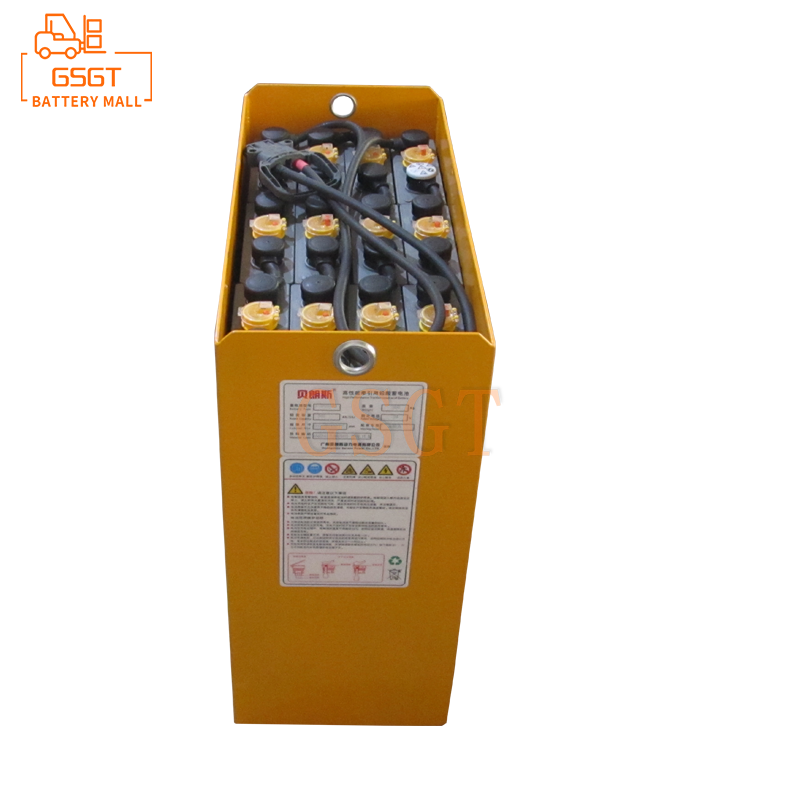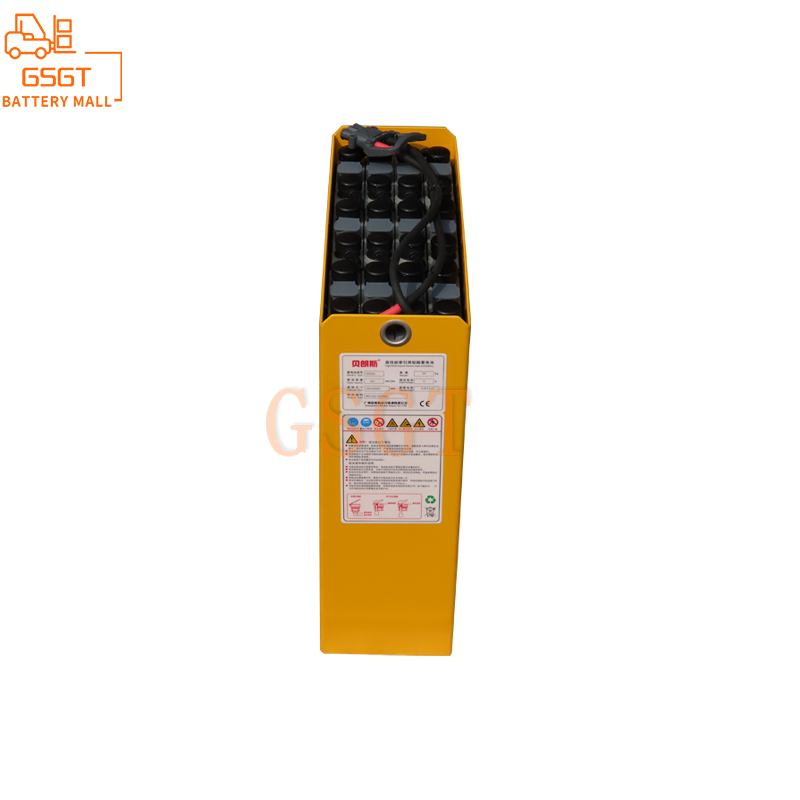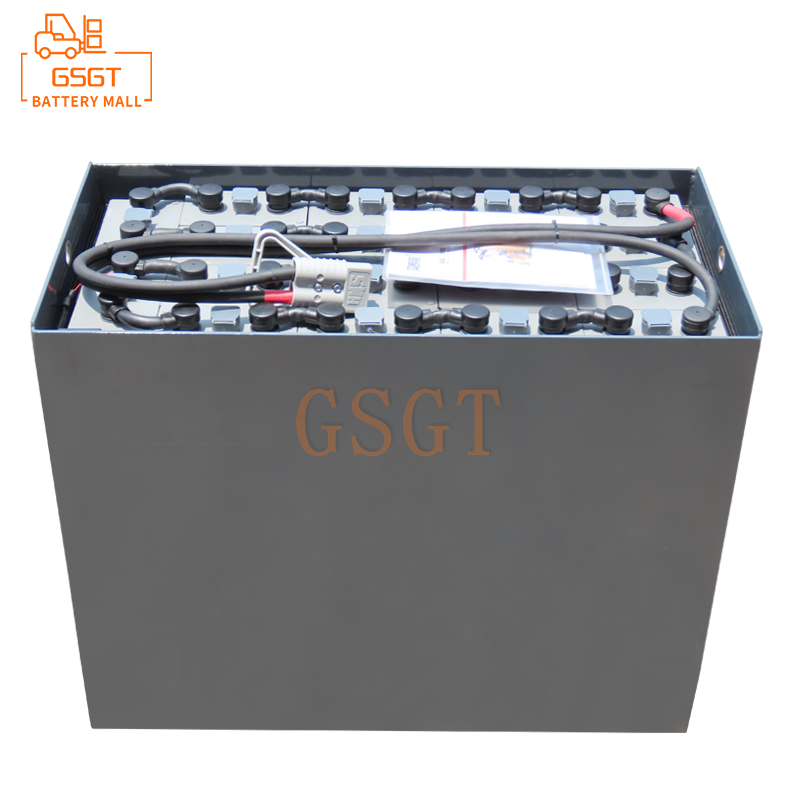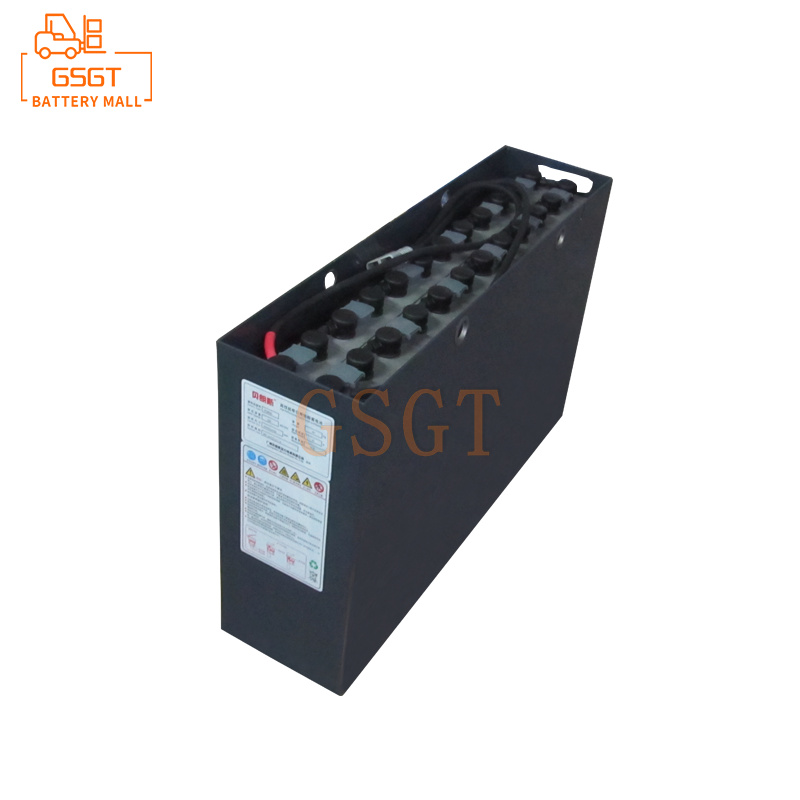Time:2025-03-12 11:57:31
Browse:253
In the application field of lead-acid batteries, from providing power for electric vehicles to guaranteeing the operation of key equipment as an emergency power supply, the performance of different products varies significantly. Among them, internal resistance, as a core parameter, is closely related to battery performance. Master the method of comparing the internal resistance and performance of lead-acid batteries, whether it is for consumers to choose products, or technicians to optimize the use of batteries, is crucial.
First,measurement method of internal resistance
1. ** DC discharge method ** : This is a basic and intuitive measurement method. After the battery is fully charged, plug in a load resistor with a known resistance value to discharge the battery for a short period of high current. At the same time, a high-precision voltmeter is used to measure the voltage drop at both ends of the battery at the moment of discharge, and the internal resistance of the battery can be calculated by using Ohm's law (R = ΔV/I, where R is the internal resistance, ΔV is the voltage drop, and I is the discharge current). For example, when a lead-acid battery is connected to 5A discharge current, the voltage instantly drops by 0.1V, then its internal resistance R = 0.1V / 5A = 0.02Ω. However, this method has a certain loss to the battery, and the measurement accuracy is limited by the accuracy of the voltmeter, the ammeter, and the stability of the load resistance.
2. ** AC impedance method ** : With the help of a professional electrochemical workstation, a small amplitude AC signal with variable frequency is applied to the battery to measure the impedance response of the battery at different frequencies. Through complex mathematical models and data analysis, the internal resistance part of the battery can be accurately separated. This method does not cause significant loss to the battery, has high measurement accuracy, and can obtain more comprehensive internal information of the battery, but the equipment is expensive, the operation is complex, and the requirements for technical personnel are high, and it is often used in laboratory research and high-end product testing.
Second, the relationship between internal resistance and capacity
1. ** Internal resistance affects capacity release ** : Lead acid batteries with low internal resistance have smooth current transmission and small internal energy loss during discharge. Just like a wide, smooth road, where vehicles can pass efficiently, the battery can convert more stored chemical energy into electrical output, and the actual available capacity is higher. For example, two batteries with the same nominal capacity, A battery with an internal resistance of 0.01Ω, can release electricity close to the nominal capacity in actual use; The internal resistance of 0.05Ω B battery, due to the large internal resistance, internal "resistance" when discharging, more power loss, the actual release of electricity may only be 70%-80% of the nominal capacity.
2. The inverse effect of capacity decline on internal resistance ** : With the growth of lead-acid battery use time, the capacity gradually declines, and the internal resistance will gradually increase. This is because the active substance on the internal plate of the battery gradually falls off and is vulcanized after multiple charge and discharge cycles, resulting in the contact between the plate and the electrolyte becoming worse, the ion conduction path becoming longer and blocked, and the internal resistance naturally rising. For example, the internal resistance of the new battery may be about 0.02Ω, and after a year of use, the capacity will decline by 20%, and the internal resistance may rise to 0.04Ω or even higher.
Third, internal resistance and charge and discharge performance
1. ** Charging process ** : When charging, the battery with small internal resistance can accept the charging current faster, and the charging efficiency is high. The electrical energy output of the charger can be efficiently converted into the chemical energy of the battery and stored, and the charging time is short. On the contrary, the battery with large internal resistance will generate more heat when charging, because the electrical energy is converted into heat energy and lost on the internal resistance, which not only wastes electrical energy, but also may affect the battery life due to overheating, and even cause safety problems. For example, using the same charger to charge a C battery with an internal resistance of 0.03Ω and a D battery with an internal resistance of 0.08Ω, the C battery takes only 3-4 hours to be full, and the D battery may take 6-8 hours, and the D battery heats up significantly more during the charging process.
2. ** Discharge process ** : When large current discharge, internal resistance has a more significant impact on battery performance. The battery with low internal resistance can easily cope with the high current demand and the voltage drop is small, which can provide a stable voltage output for the device. Taking the electric vehicle starting moment as an example, the motor needs a large current at this time, and the battery with low internal resistance can ensure that the motor starts quickly and the vehicle accelerates smoothly; With a battery with high internal resistance, the voltage will drop sharply when starting, which may lead to difficulty in starting the motor, vehicle jitter, or even failure to start normally.
Fourth,comparative case analysis
There are two different brands of 12V, 20Ah lead-acid batteries, measured by DC discharge method, brand A battery internal resistance is 0.025Ω, brand B battery internal resistance is 0.04Ω. In the capacity test, A brand battery discharge at 10A current, can continue to discharge for about 1.9 hours, the actual discharge of about 19Ah; Under the same conditions, the B brand battery can only discharge for 1.5 hours, and the actual discharge power is 15Ah. In the charging test, the 1.8A constant current charger is used. It takes about 10.5 hours for the brand A battery to be fully charged, and the battery surface temperature rises by about 10℃ during the charging process. The brand B battery takes 13 hours to be fully charged, and the battery surface temperature rises to 18 ° C. It can be seen that brand A batteries with lower internal resistance are superior to brand B batteries in terms of capacity and charge and discharge performance.
Comparing the internal resistance and performance of different lead-acid batteries allows us to accurately screen out better and more suitable batteries in many products. Through the reasonable use of measurement methods, in-depth understanding of the relationship between internal resistance and various performance indicators, whether in daily use, or industrial production and other professional scenarios, can give full play to the efficiency of lead-acid batteries, extend their service life.

$1105

$1270

$2140

$1060

MESSAGE
Professional And Efficient
Security
Affordable Price
Professional Services